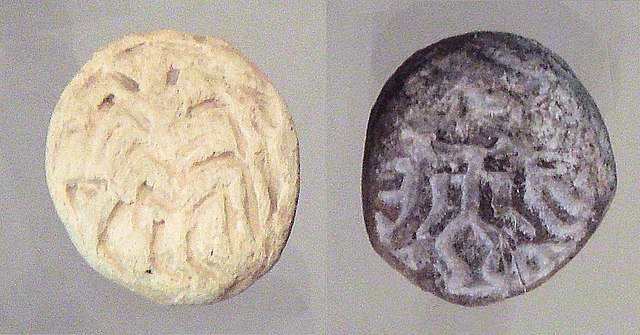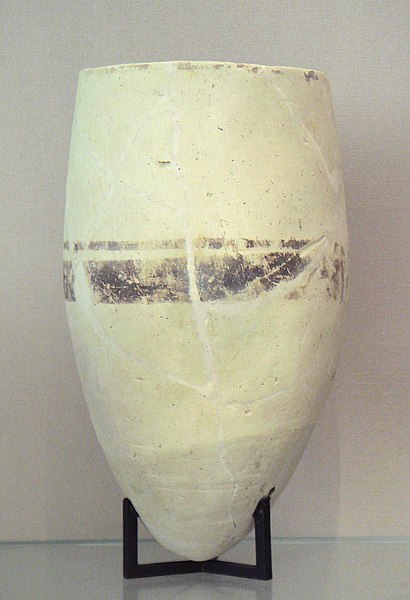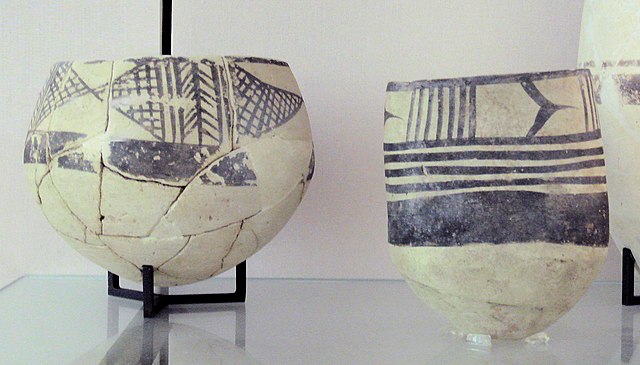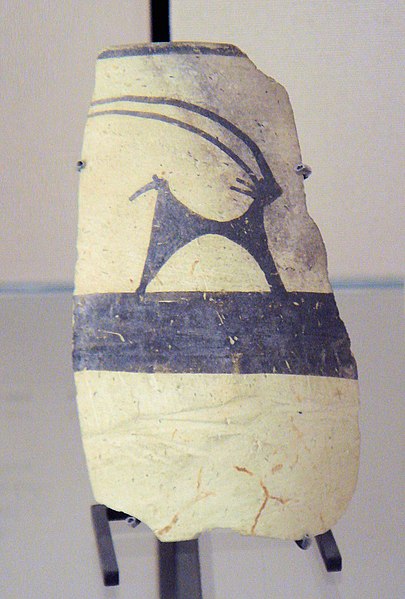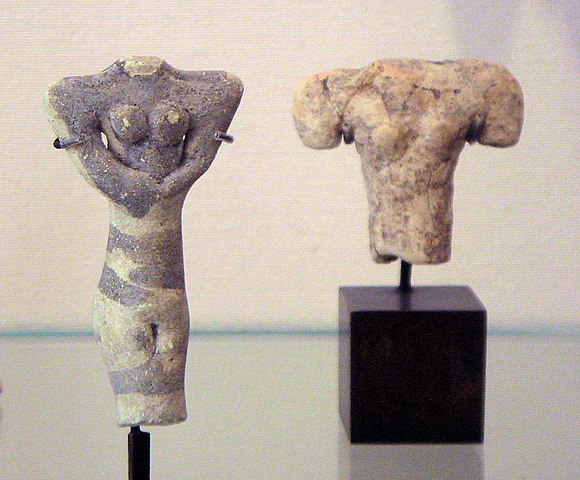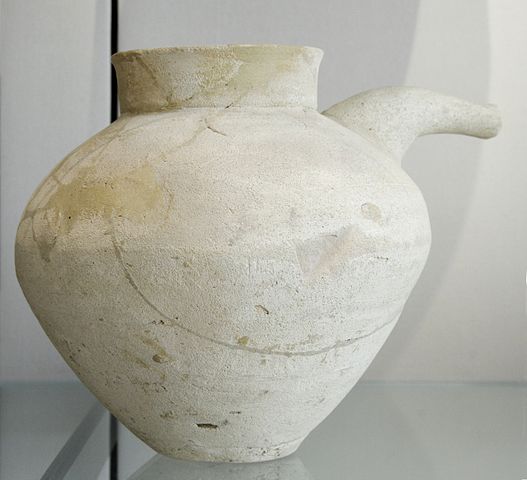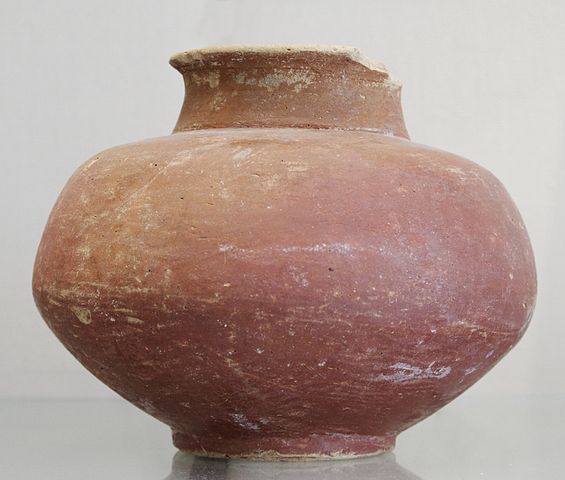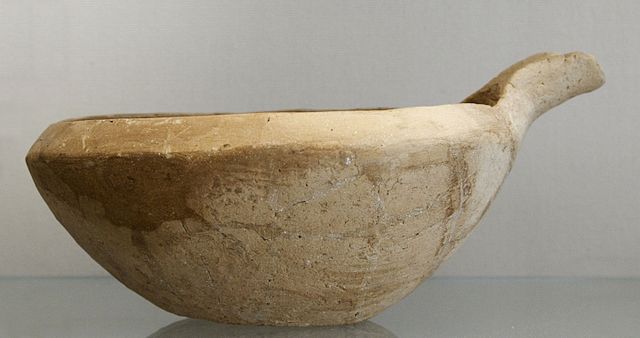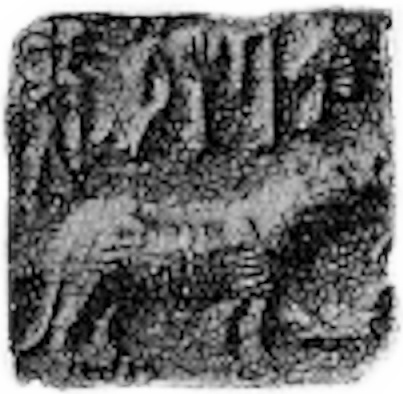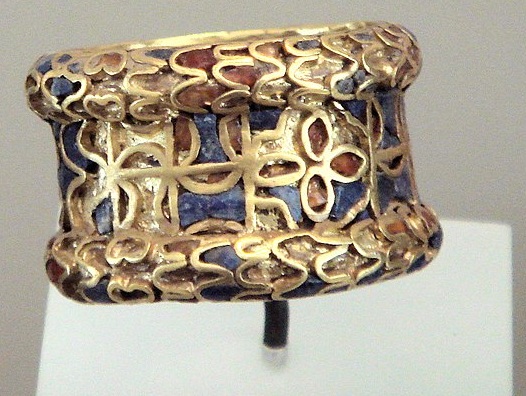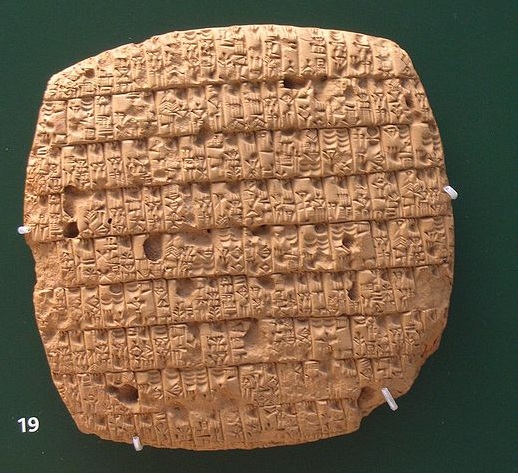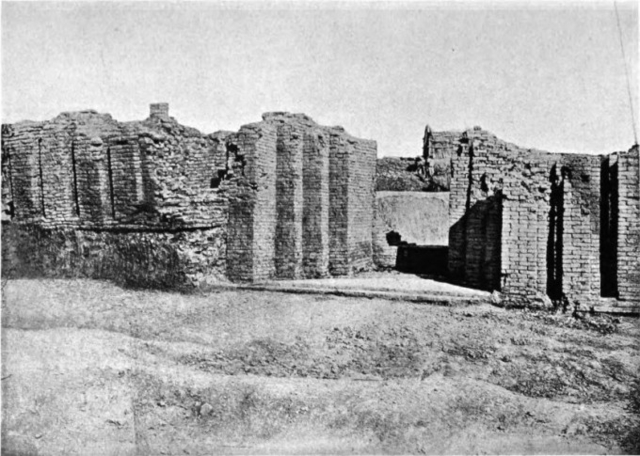
| GIRSU
Girsu shown within Near East
Archaeological remains of constructions at Tello / Girsu Location : Tell Telloh, Dhi Qar Province, Iraq
Region : Sumer
Coordinates : 31°33'43.3 N 46°10'39.3 E
Type : Settlement
Girsu (Sumerian Girsu; cuneiform gir2-suki) was a city of ancient Sumer, situated some 25 km (16 mi) northwest of Lagash, at the site of modern Tell Telloh, Dhi Qar Governorate, Iraq.
History :
Terracotta stamp seal with Master of Animals motif, Tell Telloh, ancient Girsu, End of Ubaid period, circa 4000 BC. Louvre Museum AO15388 Girsu was possibly inhabited in the Ubaid period (5300-4800 BC), but significant levels of activity began in the Early Dynastic period (2900-2335 BC). At the time of Gudea, during the Second Dynasty of Lagash, Girsu became the capital of the Lagash kingdom and continued to be its religious center after political power had shifted to city of Lagash. During the Ur III period, Girsu was a major administrative center for the empire. After the fall of Ur, Girsu declined in importance, but remained inhabited until approximately 200 BC.
Archaeology
:
Gallery
:
Ubaid IV pottery gobelet, 4700 – 4200 BC Tello, ancient Girsu. Louvre Museum
Ubaid IV pottery jars 4700 – 4200 BC Tello, ancient Girsu, Louvre Museum
Ubaid IV pottery 4700 – 4200 BC Tello, ancient Girsu, Louvre Museum AO 15338
Female figurines Ubaid IV, Tello, ancient Girsu, 4700 – 4200 BC. Louvre Museum AO15327 Uruk Period artifacts (4000 – 3100) :
Vase. Terracotta with red slip, ca. 3500 – 2900 BC. From Telloh, ancient city of Girsu. Louvre Museum
Vase. Terracotta, ca. 3500 – 2900 BC. From Telloh, ancient city of Girsu
Indus seal impression discovered in Telloh, a result of Indus-Mesopotamia relations Early dynastic artifacts in Girsu (3rd millennium BC) :
Ring of Gold, Carnelian, Lapis Lazuli, Tello, ancient Girsu, mid-3rd millennium BC. Louvre Museum
An account of barley rations issued monthly to adults and children written in Cuneiform on clay tablet, written in year 4 of King Urukagina (circa 2350 BC). From Girsu, Iraq. British Museum, London
Telloh doorway erected by Gudea (c. 2100 BC)
Source :
https://en.wikipedia.org/ |
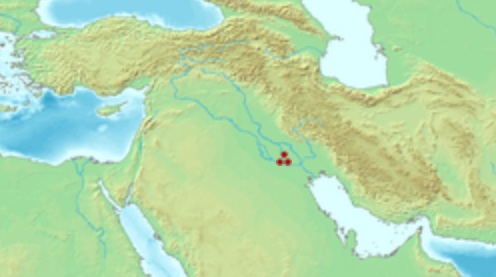
.jpg)
